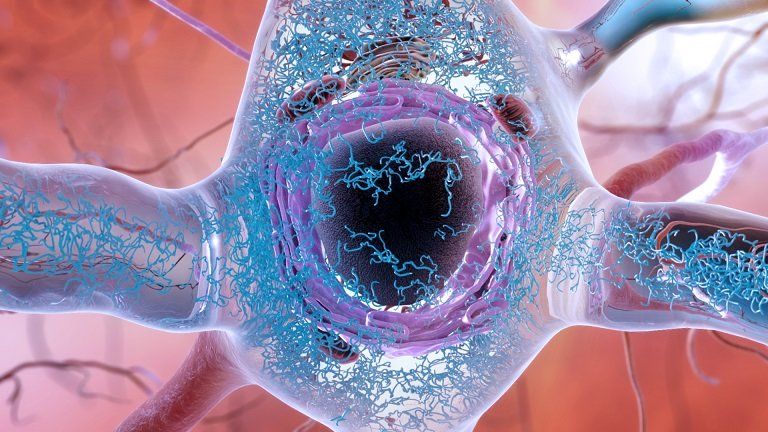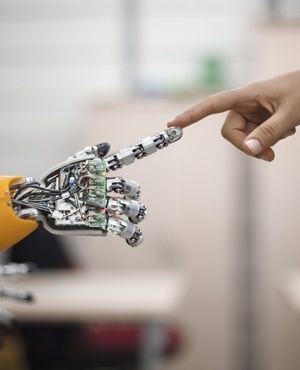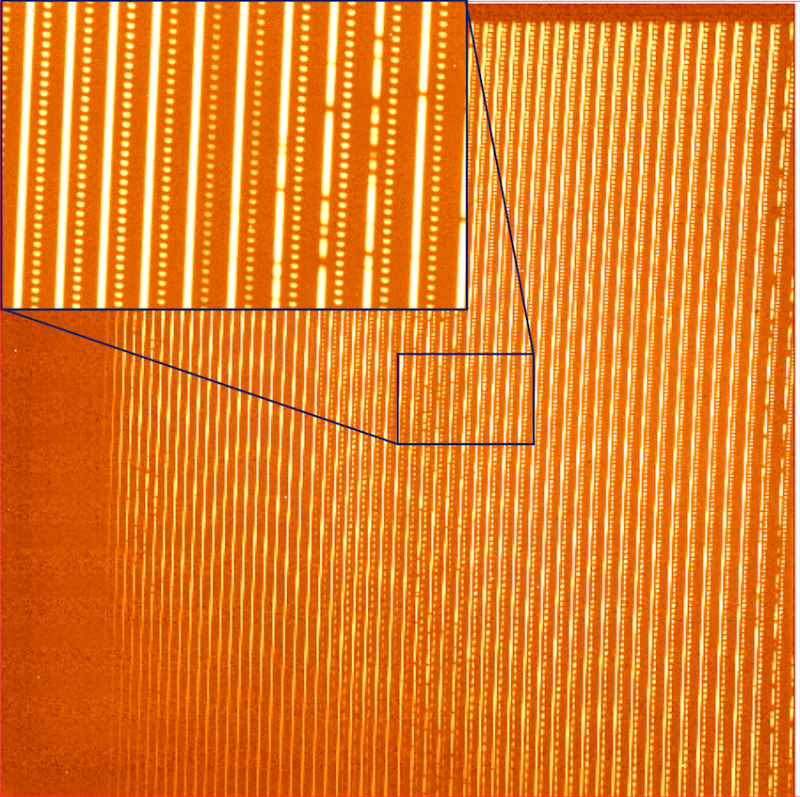This device renders your iPhone screen invisible to everyone except you.
Get the latest international news and world events from around the world.
Robotic Disability Assistance & Rehabilitation Device
This robotic suit lets wheelchair users walk.

The ‘Big Bang’ of Alzheimer’s: Scientists ID genesis of disease, focus efforts on shape-shifting tau
Scientists have discovered a “Big Bang” of Alzheimer’s disease – the precise point at which a healthy protein becomes toxic but has not yet formed deadly tangles in the brain.
A study from UT Southwestern’s O’Donnell Brain Institute provides novel insight into the shape-shifting nature of a tau molecule just before it begins sticking to itself to form larger aggregates. The revelation offers a new strategy to detect the devastating disease before it takes hold and has spawned an effort to develop treatments that stabilize tau proteins before they shift shape.
“This is perhaps the biggest finding we have made to date, though it will likely be some time before any benefits materialize in the clinic. This changes much of how we think about the problem,” said Dr. Marc Diamond, Director for UT Southwestern’s Center for Alzheimer’s and Neurodegenerative Diseases and a leading dementia expert credited with determining that tau acts like a prion – an infectious protein that can self-replicate.
Roomba For Tennis Balls
This robot is like a roomba for tennis balls. 🎾.
AI Can Now Manipulate People’s Movements In Fake Videos
A new AI algorithm can create the most advanced deepfakes yet, complete with emotions and gestures, after just a few minutes of training.



Silicon Valley eyes Africa as new tech frontier
Lagos — With its colourful hammocks and table tennis table, a new tech hub in the Lagos metropolis wouldn’t look out of place among the start-ups on the other side of the world in Silicon Valley.
But the NG_Hub office is in the suburb of Yaba — the heart of Nigeria’s burgeoning tech scene that is attracting interest from global giants keen to tap into an emerging market of young, connected Africans.
In May, both Google and Facebook launched initiatives nearby.


Robot chefs are popping up in restaurants around the world
“Doughbots” in California speed up stretching pizza dough from 45 seconds to just nine.
CREATOR, a new hamburger joint in San Francisco, claims to deliver a burger worth $18 for $6—in other words, to provide the quality associated with posh restaurants at a fast-food price. The substance behind this claim is that its chef-de-cuisine is a robot.
Until recently, catering robots have been gimmicks. “Flippy”, a robotic arm that flipped burgers for the entertainment of customers at CaliBurger in Pasadena, near Los Angeles, earlier this year is a prime example. But Flippy could perform only one task. Creator’s bot automates the whole process of preparing a burger. And it is not alone. Other robot chefs that can prepare entire meals are working, or soon will be, in kitchens in other parts of America, and in China and Britain.
Get our daily newsletter
Upgrade your inbox and get our Daily Dispatch and Editor’s Picks.